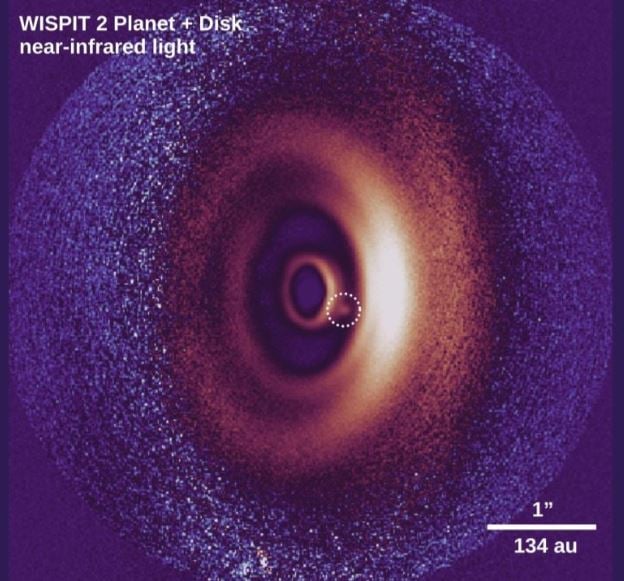
WISPIT 2b is estimated to be only about 5 million years old but is about the same size as Jupiter. The discovery was made by an international team led by scientists from Galway University in collaboration with Leiden University and the University of Arizona. The research was published in the Astrophysical Journal Letters.
The discovery was made using the European Southern Observatory’s Very Large Telescope (ESO’s VLT) in the Atacama Desert, Chile. To celebrate the momentous announcement, ESO has released a stunning image of WISPIT 2b as its “image of the week”.
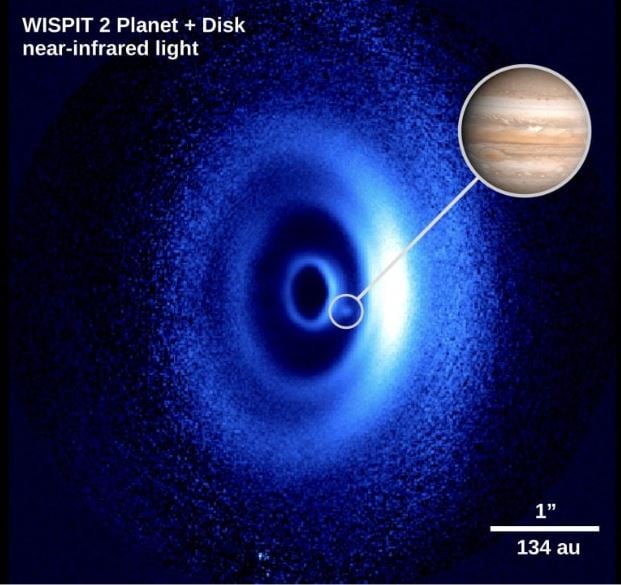
An image of a dust disk around a young star. Among the many concentric rings, we see a small bright dot (indicated by a white circle). This is an image of a newly formed planet, likely a gas giant similar to Jupiter in our Solar System (comparison image in the upper right) but about five times more massive. These observations were taken with the ESO Very Large Telescope in near-infrared light. Credit: Ginski/R. van Capelleveen et al.
“We only use minute snapshot observations of many young stars to look for signs of planets,” said Dr. Christian Ginski, a lecturer in the School of Natural Sciences at the University of Galway and co-author of the study. “But in this case, instead of just a bright dot, we saw a completely unexpected and beautiful multi-ringed dust disk. When we saw this structure, we immediately called for additional observations to test the possibility of a planet inside.”
WISPIT 2b marks only the second time in history that a planet has been discovered at such an early stage around a young star similar to the Sun. Dr. Ginski was also part of the team that discovered the first case in 2018. Notably, WISPIT 2b is the first planet to be clearly observed within a multi-ringed dust disk, making it a “natural laboratory” for studying the interaction between the planet and the disk, as well as its subsequent evolution.
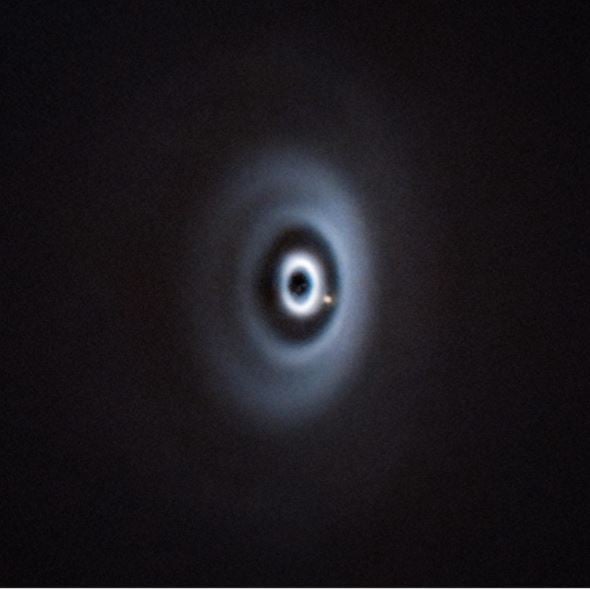
A newborn planet nibbles at its dusty cradle as it orbits its host star. This image, taken with ESO's Very Large Telescope, is the first clear detection of a young planet in a ringed disk. Credit: ESO/R. van Capelleveen et al.
What sets WISPIT 2b apart is that it still glows in the near infrared – the kind of light visible with night vision goggles – indicating the planet is still blazing hot from its formation. The team from Leiden and Galway Universities captured sharp images of the planet in a gap in the dusty disk, confirming that it is orbiting its host star.
Another team at the University of Arizona also spotted WISPIT 2b in visible light, using a specialized instrument. This finding proves that the planet is still actively sucking in more gas to form an atmosphere.
WISPIT 2b was found as part of a five-year observation project to determine whether gas giant planets in wide orbits are more common around young or old stars. It was an unexpected but scientifically significant discovery.
The disks of dust and gas that surround young stars are thought to be the “cradles” of planets. They often have spectacular shapes, with structures such as rings or spiral arms, thought to be caused by planet formation. The disk around WISPIT 2b has a radius of 380 astronomical units, or 380 times the distance between Earth and the Sun.
“Images of planets in the process of formation are extremely difficult,” Dr. Ginski emphasized. “This is a valuable opportunity to help us understand why the thousands of exoplanetary systems out there are so diverse and different from our own Solar System. I believe that in the coming years, this system will become a focus of research for many colleagues in the field of planetary astronomy.”
Source: https://doanhnghiepvn.vn/cong-nghe/lan-dau-phat-hien-hanh-tinh-so-sinh-khong-lo-phat-sang-ngay-tu-khi-chao-doi/20250902081428588





![[Photo] The 5th Patriotic Emulation Congress of the Central Inspection Commission](https://vphoto.vietnam.vn/thumb/1200x675/vietnam/resource/IMAGE/2025/10/27/1761566862838_ndo_br_1-1858-jpg.webp)


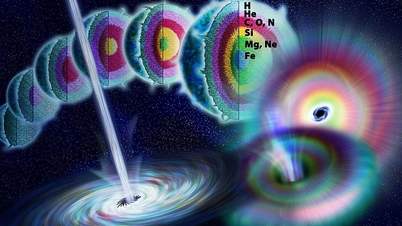



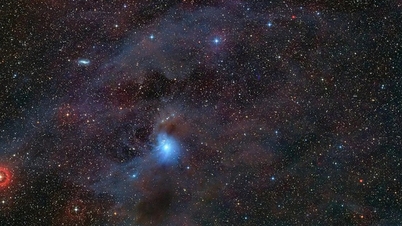

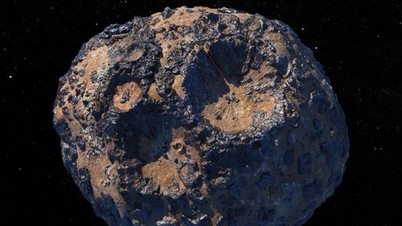
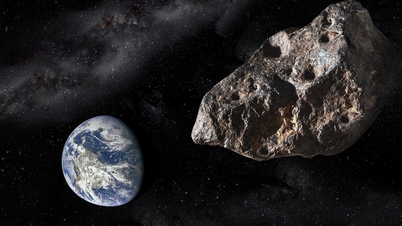



















![[Photo] National Assembly Chairman Tran Thanh Man receives Chairman of the House of Representatives of Uzbekistan Nuriddin Ismoilov](https://vphoto.vietnam.vn/thumb/1200x675/vietnam/resource/IMAGE/2025/10/27/1761542647910_bnd-2610-jpg.webp)
![[Photo] Party Committees of Central Party agencies summarize the implementation of Resolution No. 18-NQ/TW and the direction of the Party Congress](https://vphoto.vietnam.vn/thumb/1200x675/vietnam/resource/IMAGE/2025/10/27/1761545645968_ndo_br_1-jpg.webp)
































![[Photo] Prime Minister attends the 28th ASEAN-China Summit](https://vphoto.vietnam.vn/thumb/402x226/vietnam/resource/IMAGE/2025/10/28/1761624895025_image-2.jpeg)













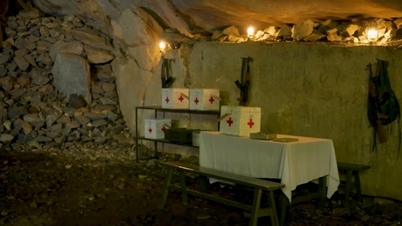






























Comment (0)